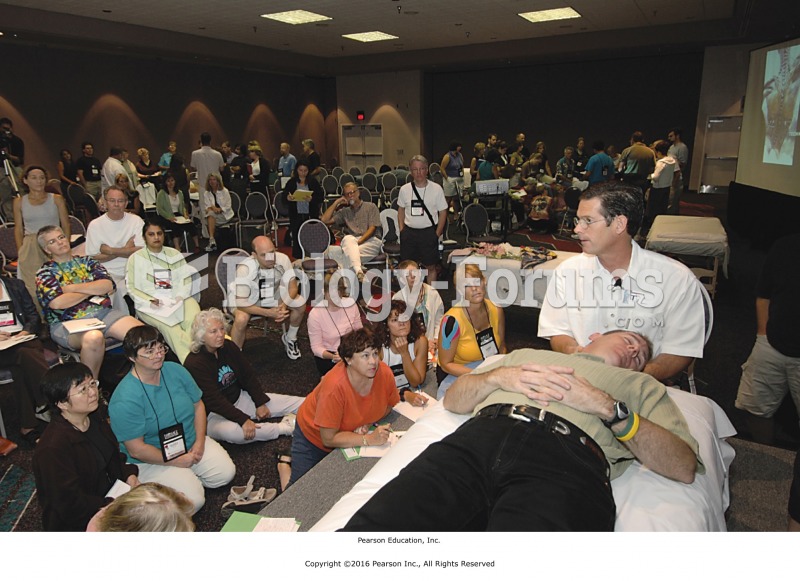Answer to Question 1
ANS: C
You maintain surgical aseptic technique at the patient's bedside (e.g., when inserting IV or urinary catheters, suctioning the tracheobronchial airway, and sterile dressing changes) because patients with disease processes of the immune system are at particular risk for infection. These diseases include leukemia, AIDS, lymphoma, and aplastic anemia. These disease processes weaken the defenses against an infectious organism. Reviewing the procedure with the patient, positioning the patient, and gathering the supplies are all important steps in the procedure but are not the priority in the procedure since the patient already has a compromised immune response.
Answer to Question 2
ANS: D
Signs of localized inflammation include swelling, redness, heat, pain or tenderness, and loss of function in the affected body part. One sign of the inflammatory response, particularly after an injury, is swelling or edema. Resting the affected injured area, using ice as ordered, wrapping the area to provide supportparticularly if it is an extremityand elevating the injured area will help to decrease swelling or edema. Turning, coughing, and deep breathing are utilized for postoperative patients and for immobilized patients to help prevent an infectious process such as pneumonia. Orientation to date, time, and place is an intervention utilized with many different types of patients who may be confused. Vigorous range of motion would irritate the inflammatory process. Range of motion is utilized for individuals who need to improve movement of their extremities, including immobilized patients.







